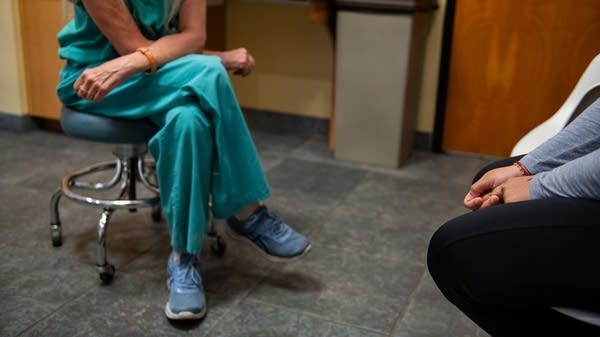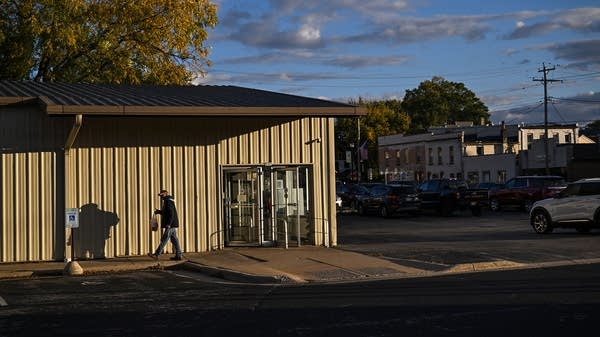Three years after Roe v. Wade was struck down, abortion funds face a financial squeeze
Grassroots abortion funds provide financial aid to help people travel to states where abortion is still legal. Demand is rising, but donations aren’t always keeping up.

This week marks three years since the Supreme Court’s Dobbs decision, which struck down Roe v. Wade and paved the way for tighter abortion restrictions in much of the country.
Now, grassroots abortion funds that help people travel to states where the procedure is legal are facing difficult financial times.
On the day the U.S. Supreme Court struck down Roe v. Wade, the Wild West Access Fund based in Nevada received over $100,000 in donations.
“The influx was big. It was enough for at least a year by itself,” said director Macy Haverda.
The fund used that surge to meet growing demand from clients in nearby states with new restrictions and to cover the rising cost of gas or airfare to get them to a clinic, she said.
“Abortion itself has also gotten more expensive,” Haverda said — by about 20% in the last year at the clinics the Wild West Access Fund works with.
But in the last 18 months, Haverda noted that donations have slowed. In 2024, she said donors may have redirected their money toward political campaigns supporting abortion rights. Now, she thinks people are just tired.
“The just constant onslaught of news just gets really exhausting,” Haverda said.
Abortion funds across the country are feeling this squeeze, according to Gretchen Ely, who studies them at the University of Tennessee, Knoxville.
“The demand has gone up, but their revenue has kind of fallen off and they’re having to do more with less,” she said.
Ely said some funds are reducing the amount of support they can offer, meaning patients may have to cobble together financial help. “When people are having to reach out to multiple organizations, it’s delaying the procedure.”
And that can drive up the price of an abortion. They’re more expensive later in pregnancy, or put entirely out of reach.
“It’s creating a lot of kind of haves and have-nots in the world of who can actually access abortion,” said UC Davis law professor Mary Ziegler.
Three years out from Dobbs, she said that grassroots anti-abortion groups are in much better financial shape than these funds, despite generally raising less money.
“Most of the time, the anti-abortion movement is just lobbying and litigating,” Ziegler said. “It’s not really trying to provide a lot of medical care to a lot of people.”
And demand for help from abortion funds could keep rising in the coming years, according to Megan Jeyifo, who heads up the Chicago Abortion Fund.
“Medicaid being cut for people, SNAP benefits being cut — these are all things people think about when deciding whether to start or grow a family,” she said.
Jeyifo added that Illinois is already the No. 1 destination for abortion patients traveling out of their home states. “Every day, we are deeply concerned about our ability to survive,” she said.
The Chicago Abortion Fund hasn’t had to turn away a client asking for help in six years, said Jefiyo. But the landscape has changed, and she’s not sure how long her fund can keep up.













